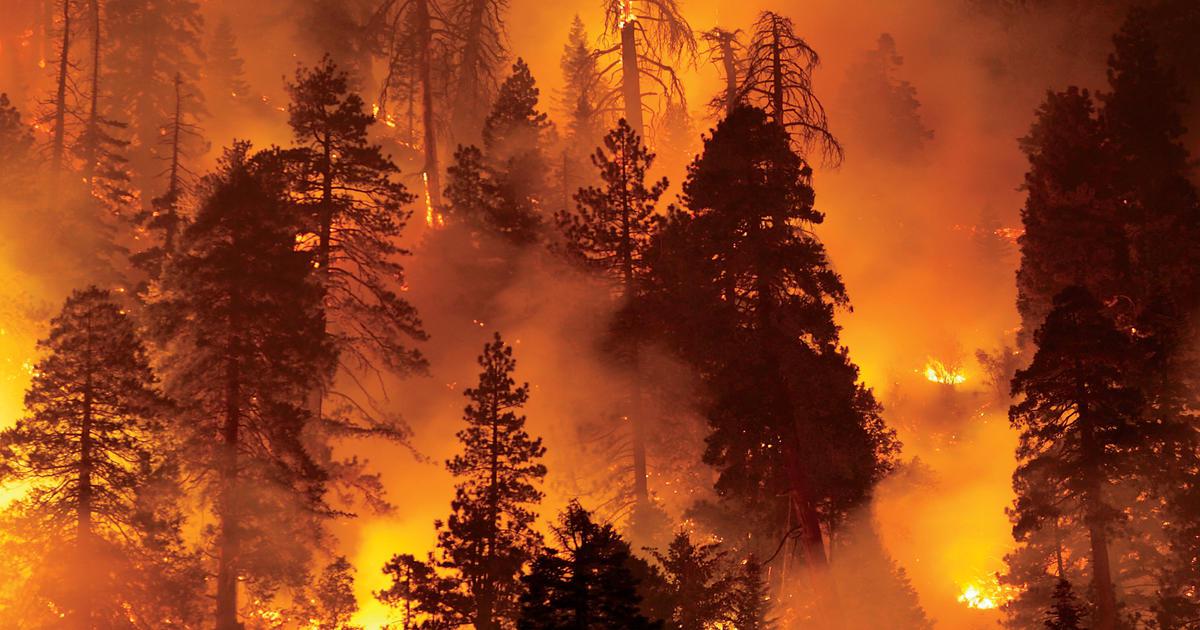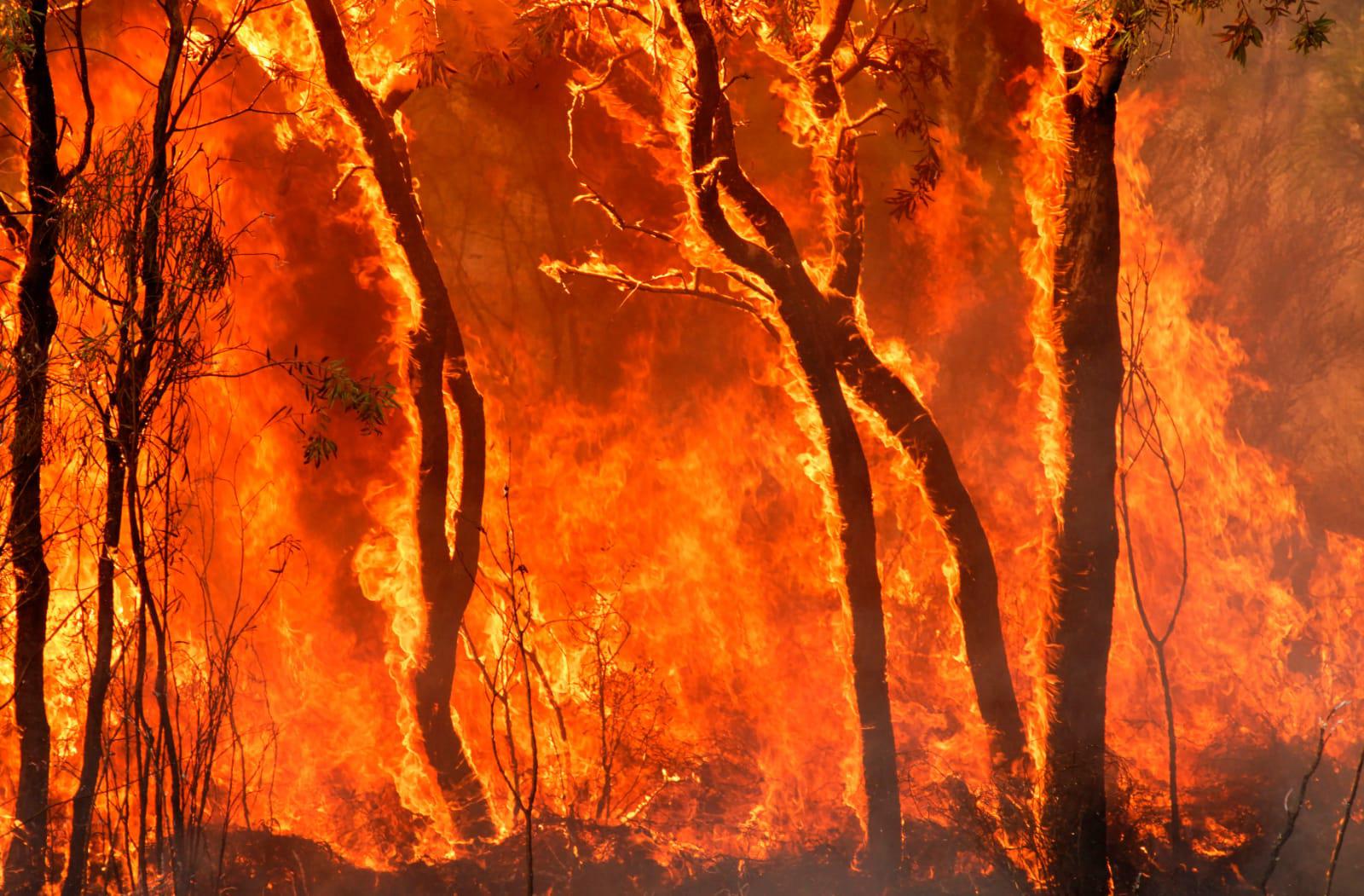Climate hotspots...Causes of concern!
The release of the biennial India State of Forest Report (ISFR) published by Forest Survey of India (FSI) is one of the most awaited events in India.The IFSR is an overall assessment of the country’s forests and It was published in 1987 for the first time and on 13th January,Thursday, the 17th ISFR was released.

The report while showing a continuing increase in forest cover across the country,also revealed a decline in moderate dense forest,decreased forest cover in the Northeast and an increase in forest fire has raised concerns.Area wise Madhya Pradesh has the largest forest cover in the country followed by Arunachal Pradesh, Chhattisgarh, Odisha and Maharashtra.
Causes of concern:
1)According to the long-term trend analysis performed by the FSI, nearly 10.66 per cent area of forest cover in India is under extremely to very highly fire-prone zones.
2)Forest fires: Over 3.98 lakh forest fires were reported in India in the fire season from 2020-2021, more than double the number since previous year. Maximum number of fires were observed in Odisha,followed by Madhya Pradesh and Chhattisgarh.Among districts, the maximum number of such incidents were observed in Gadchiroli in Maharashtra, followed by Kandhamal in Odisha and Bijapur in Chhattisgarh.
3)Decline of moderately dense forests: suggests a degradation of forests in the country as natural forests are degrading to less dense open forest areas.Experts say scrub area has increased by 5,320 sq km – indicating the complete degradation of forests in these areas.
4)Decline in Northeastern forest cover:The five northeastern states have all shown a loss in forest cover.
The report has attributed the decline in the Northeastern states to a spate of natural calamities, particularly landslides and heavy rains, in the region as well as to anthropogenic activities such as shifting agriculture, pressure of developmental activities and felling of trees.
5)Forest cover in tiger reserve areas: IFSR 2021 included a new chapter related to the assessment of forest cover in the Tiger Reserves, Corridors and Lion conservation area of India.There has been an overall decrease in forest cover across the 52 tiger reserves in the last decade,while 20 of the 52 tiger reserves have shown an increasing trend.
6)Impact of climate change:The ISFR 2021 estimates that by 2030, 45-64 per cent of Indian forests will be affected by climate change and rising temperatures, and forests in all states (except Assam, Meghalaya, Tripura and Nagaland) will be highly vulnerable climate hot spots.

The report suggests that Ladakh is likely to be the most affected by climate change.There has been significant growth in tourism sectors resulting in environmental degradation. With rise of consumerism, tourism has produced an adverse effect on the ecological system of Ladakh. Due to poor waste management in the region also contribute to failure in maintaining beautiful landscape.Rainfall patterns have been changing, small glaciers and permanent snow fields are melting and temperature rise has been affecting water runoff in the rivers.India’s forests are already showing shifting trends of vegetation types, such as Sikkim which has shown a shift in its vegetation pattern for 124 endemic species.
Himalayas in general and the Tibetan Plateau (of which Ladakh forms a part) in particular are generally counted among global ‘hotspots’ for climate change (for a given level of global change, the regional climate of a hotspot will change more than other places).Ladakh, Jammu & Kashmir, Himachal Pradesh and Uttarakhand will witness the highest temperature increase. At the same time, Andaman & Nicobar Islands, West Bengal, Goa, Tamil Nadu and Andhra Pradesh are projected to witness the least temperature rise over 2030, 2050 and 2085 study periods.

IFSR is widely used for formulating policies planning and management of forests as well as investments affecting the country’s forestry sector.
